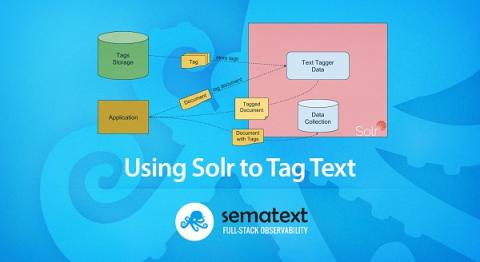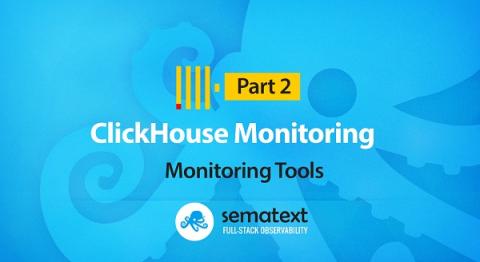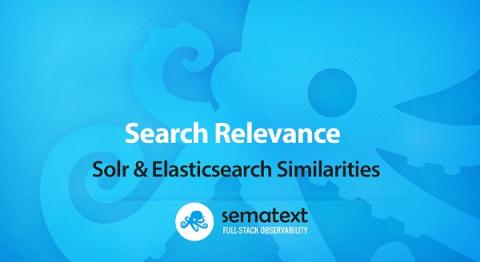Using Solr to Tag Text
Over the years, natural language processing, in the world of search, went from interesting detail to a must have, especially in areas such as e-commerce. Engineers started incorporating classification, synonym generation, named entity recognition and much more into their search systems giving users better search results and in some cases leading to more revenue.






